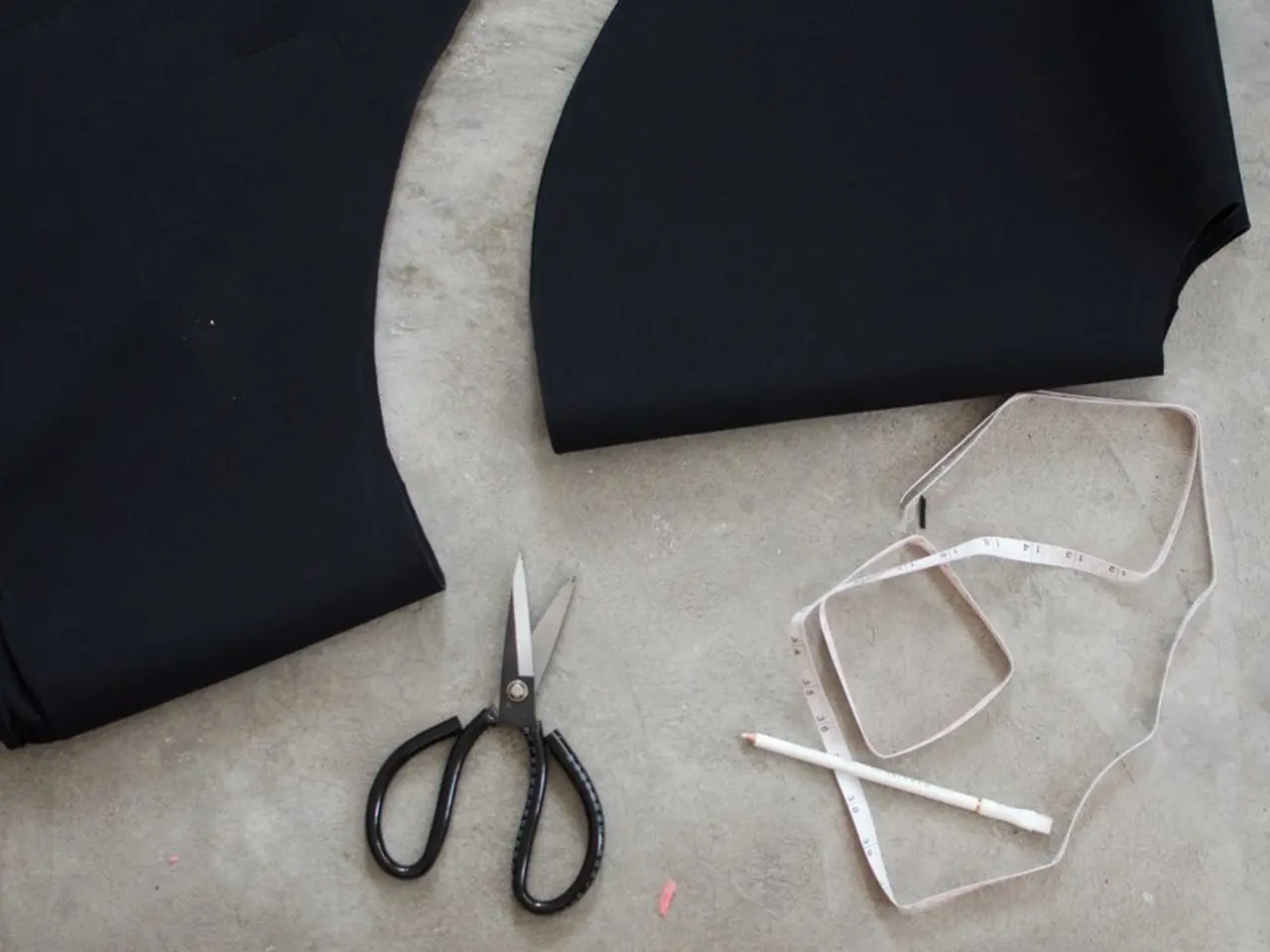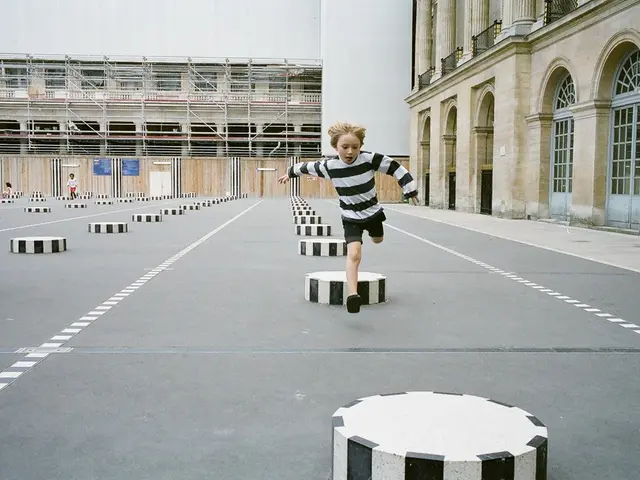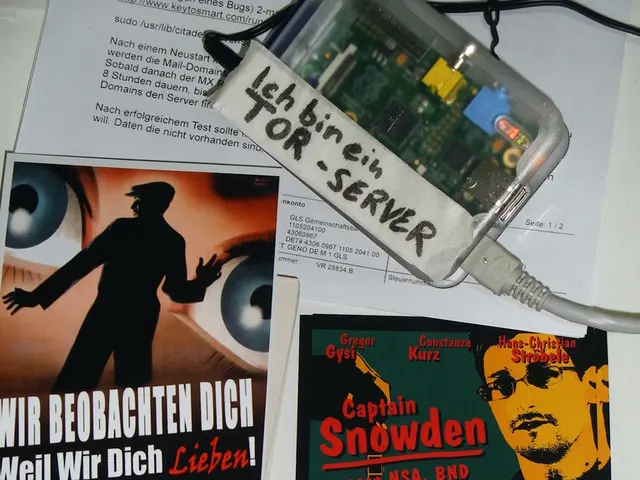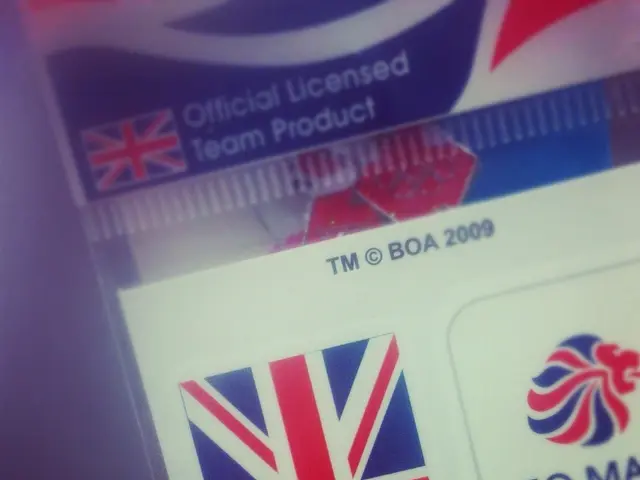Children's Interactive Dry Erase Marker Floating Demonstration
Floating Dry Erase Marker Ink: A Simple Science Experiment
Dive into the world of chemistry and physics with a fun and engaging science experiment that demonstrates the principles of density, solubility, and surface tension. This hands-on activity, known as the dry erase marker floating experiment, is suitable for children in kindergarten to fifth grade and can be easily adapted for older learners.
The Science Behind the Floating Ink
- Density: The ink from a dry erase marker contains oily silicone polymers that are less dense than water. This difference in density allows the ink film to float rather than sink, creating a visible floating effect.
- Solubility: The hydrophobic (water-repelling) nature of the marker ink means it does not dissolve in water. Instead, the insoluble ink components spread out thinly on the water surface, creating a floating layer.
- Surface Tension: The floating ink film is stabilized by the surface tension of water, a cohesive force among water molecules at the surface. This surface tension supports the thin hydrophobic ink layer, allowing it to spread and float without immediately dispersing or sinking.
Performing the Experiment
To conduct the experiment, you'll need Expo or other dry erase markers, water, a smooth ceramic plate, and an optional cotton swab or small piece of paper. Start by drawing simple shapes on a completely dry ceramic plate using a dry erase marker. Ensure the marker has strong ink flow for best results. Once the drawing is complete, add water near the edge of the drawing and tilt the plate to observe the drawing float.
Exploring Variables
The experiment can be turned into a full investigation by asking questions such as what happens if different markers or surfaces are used. Recording predictions and observations in a science journal and comparing results can help draw conclusions.
Additional Resources
For those interested in further exploring density and surface tension, there are additional experiments available, such as the Floating M Experiment, Sink or Float Test, Shark Buoyancy, Foil Boat Challenge, Salt Water Egg Float, Density Tower, and Coffee Filter Flower. A Printable Science Projects Pack is also available, offering 90+ classic experiments, themed quick-grab packs (Biology, Chemistry, Physics, and Earth Science), and bonus STEAM projects.
Happy experimenting!
- This hands-on activity, known as the dry erase marker floating experiment, is perfect for kids from kindergarten to fifth grade and can be easily adapted for older learners, encouraging education-and-self-development in science.
- By dabbing a dry erase marker on a smooth ceramic plate and observing the drawing float when water is added, kids can learn about the principles of density, solubility, and surface tension in a fun, hands-on way.
- The ink from a dry erase marker contains oily silicone polymers that are less dense than water, causing it to float rather than sink, demonstrating the concept of density.
- The hydrophobic (water-repelling) nature of the marker ink means it does not dissolve in water, instead spreading out thinly on the water surface, creating a floating layer.
- The floating ink film is stabilized by the surface tension of water, a cohesive force among water molecules at the surface, which supports the thin hydrophobic ink layer and allows it to spread and float without immediately dispersing or sinking.
- To take the experiment a step further, kids can explore variables by asking questions such as what happens if different markers or surfaces are used, and record predictions and observations in a science journal to compare results and draw conclusions.
- Additional resources are available for those interested in further exploring density and surface tension, including the Floating M Experiment, Sink or Float Test, Shark Buoyancy, Foil Boat Challenge, Salt Water Egg Float, Density Tower, and Coffee Filter Flower.
- A Printable Science Projects Pack is available, offering 90+ classic experiments, themed quick-grab packs (Biology, Chemistry, Physics, and Earth Science), and bonus STEAM projects, ensuring that learning stays fun and engaging.




